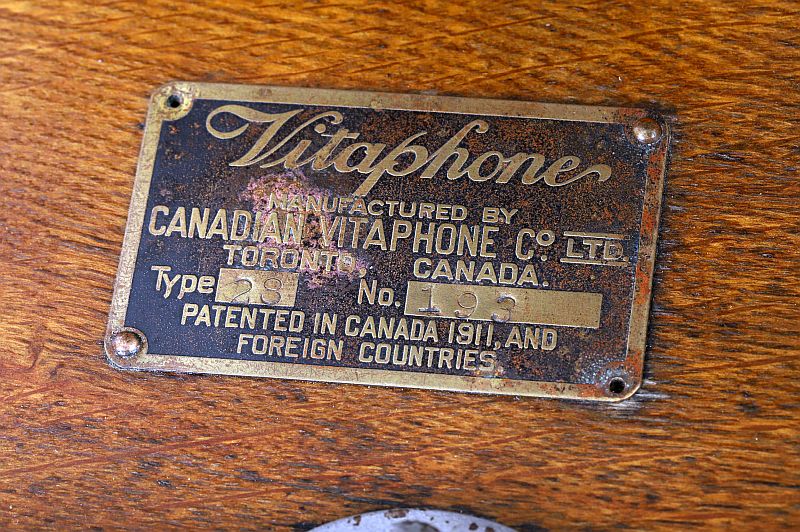First off: clearly this had nothing
to do with the Vitaphone company that popularized sound with film.
Talking Machine World, November 1913, p. 28: "Canada has a new addition to her talking machine ranks in the Canadian Vitaphone Co., Ltd., with a capital of $250,000. The parent company is located in Plainfield, N. J., and has been marketing the "Vitaphone" in the United States for the past year. The new firm has secured factory premises in Toronto at 160 John Street, and has appointed as general manager W.R. Fosdick, who was formerly manager of His Master's Voice Gramophone Co. In connection with taking this step, both H.N. McMenimen, secretary and general manager of the parent concern, and Walter Thorpe, president of the Canadian company, have been in Toronto."
From Roll Back The Years by
Edward B. Moogk, 1975, National Library of Canada page 53 and 55:
"One of the new companies entering the market in 1913 was Canadian
Vitaphone Company of Toronto, named after a machine invented by Clinton
B. Repp. With a capital of some $250,000, the company set up shop
at 156-160 John Street, moving later to a new location at the corner of
Carlaw and Eastern Avenues. The company, headed by W.R. Fosdick,
former manager of His Master's Voice Limited in Toronto, announced that
it would do all its manufacturing in Canada. Fosdick was aware
that his previous employer would be watching for anything that might
infringe on its patents. Vitaphone secured a letter from a legal
firm of patent experts stating that the new company could market in
Canada without fear of reprisal. Taking a leaf from Berliner's
book, Vitaphone placed ads in the trade papers threatening legal
proceedings against anyone infringing on its patents.
"The distinguishing features of the Vitaphone were a wooden tone-arm
and stationary sound-box. Referring to the tone-arm, the inventor
pointed out that no material is as resonant as properly treated
wood. He contended that the wood arm of his instrument mellowed
and refined every vibration of the stylus; thus, the same strains
received into the original master record were reproduced. The
stationary sound-box, he claimed, was an advanced sound-reproducting
invention that added to the life and quality of the record because the
necessary pressure was sustained by the use of a tension spring, not by
the weight of the sound-box on the record. The Vitaphone could
play both vertical- and lateral-cut disc records.
"Vitaphone released its own records, pressed by Columbia..."
Canadian Music Trades Journal, October, 1913, p. 51.

CMTJ, November, 1913, p. 53.

CMTJ, November, 1913, p. 56.

CMTJ, December, 1913, p. 46.

CMTJ, January, 1914, p. 34.
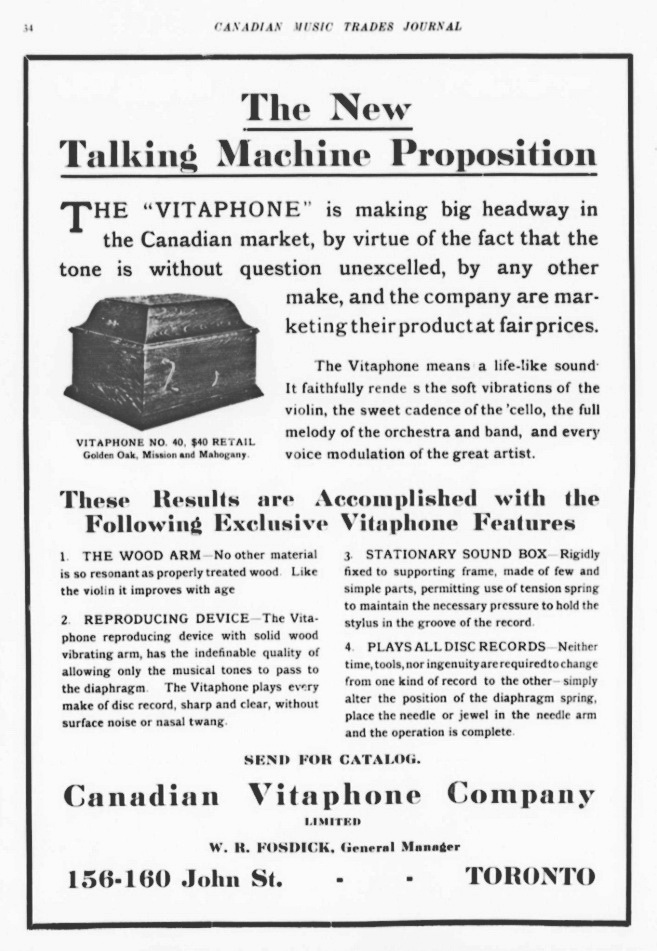
CMTJ, February, 1914, p. 34.

CMTJ, April, 1914, p. 38.

CMTJ, May, 1914, p. 38.
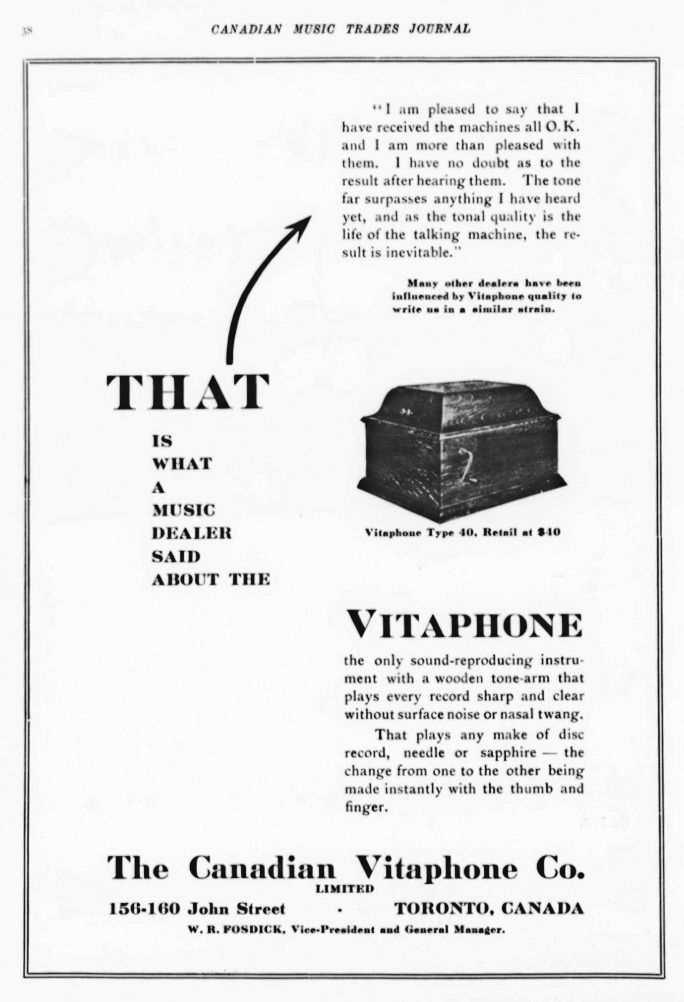
CMTJ, July, 1914, p. 34.

CMTJ, August, 1914, p. 112 and 113.


CMTJ, October, 1914, p. 32.
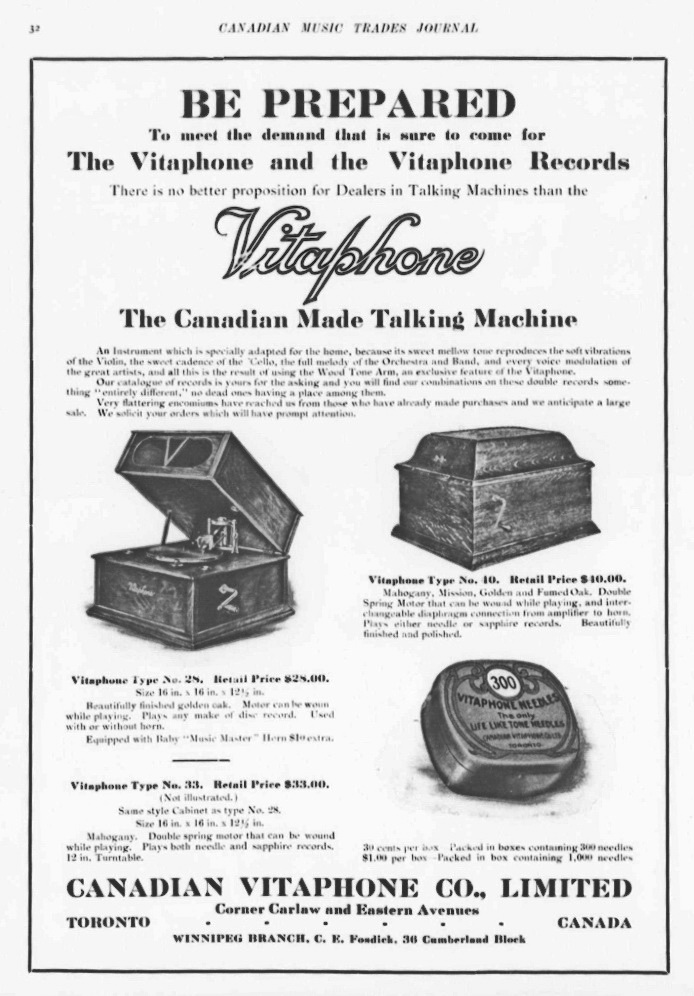
CMTJ, February, 1915, p. 34.

CMTJ, March, 1915, p. 44.

CMTJ, June, 1915, p. 14.

CMTJ, June, 1916, p. 59

Machine available for sale in Toronto in March, 2009 (photos courtesy Arthur Zimmerman):


160 John Street in Toronto as of September, 2009 by KW--date on building is consistent:
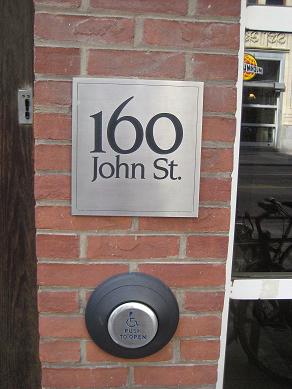


Norman Brooks of Nova Scotia (who wrote the article on Cremonaphone) contributes the following pages--offering from Quebec:


KW was able to visit Horst Weggler's collection and found the following.
Brochure:



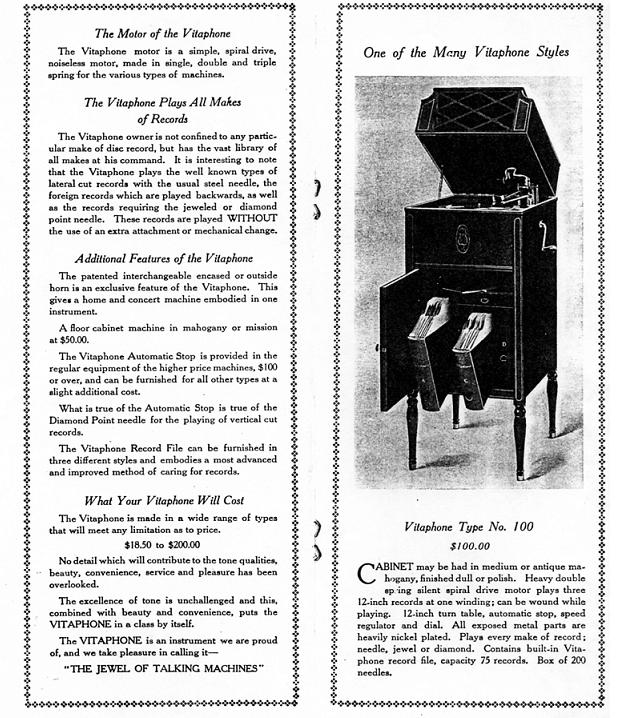
The following are courtesy the Domenic DiBernardo Collection. He has a website at http://mrgramophone.com/ All pictures below taken by Cheryl Wright.
Model 12



Model 28
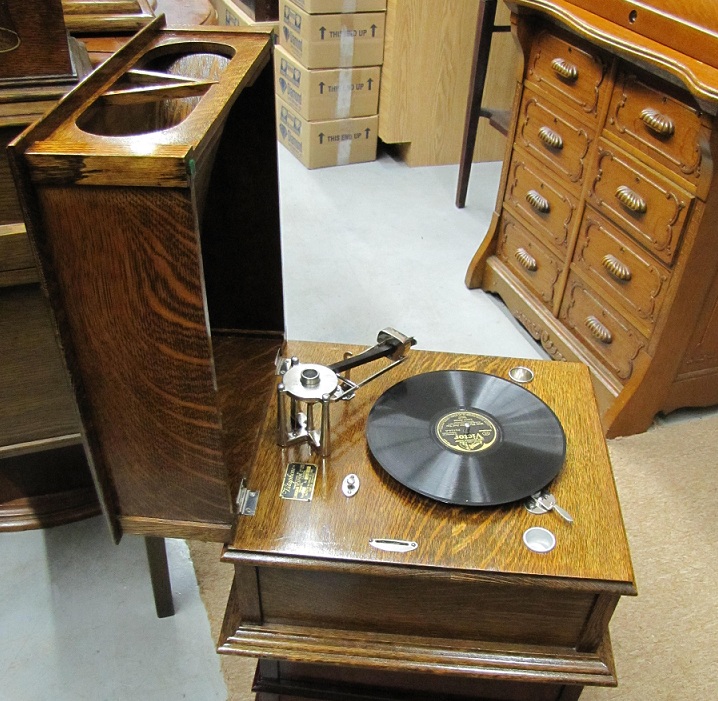

Model 33 (we measured and the only difference between this and the 28 seems to be the wood)


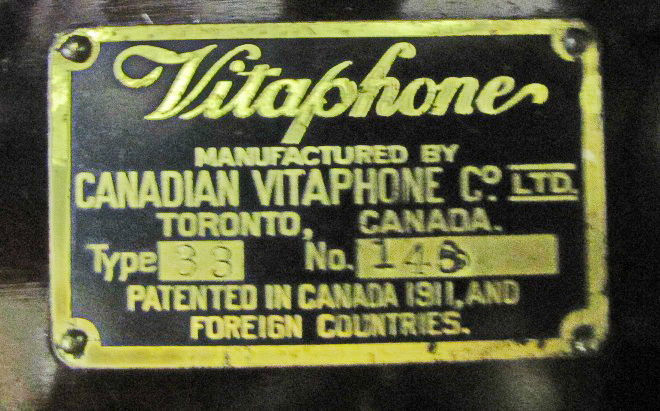
Model 40 (horn and volume control is in the lid, not the base!)




Same in oak.
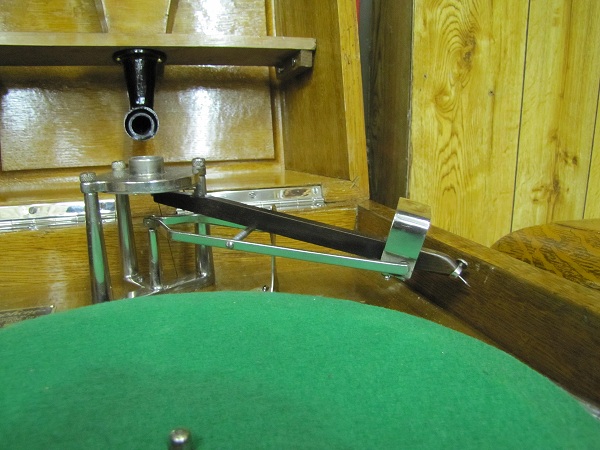
A Vitaphone sold in the Miller & Miller auction in Toronto, March 19, 2022.






